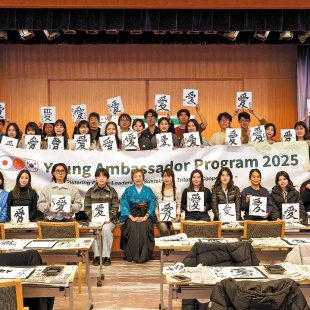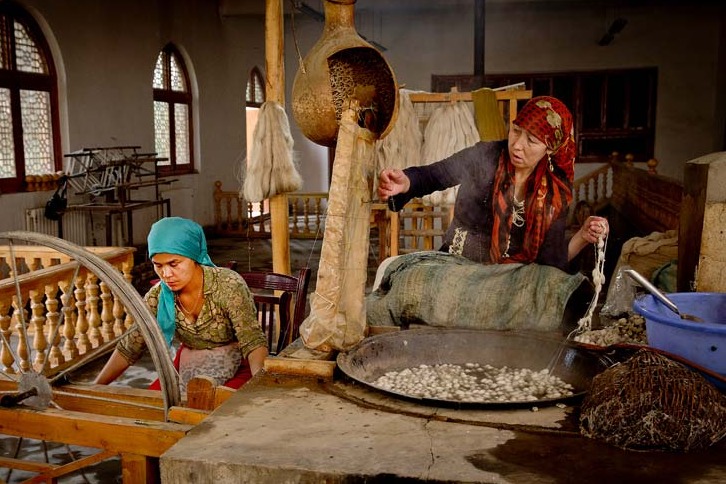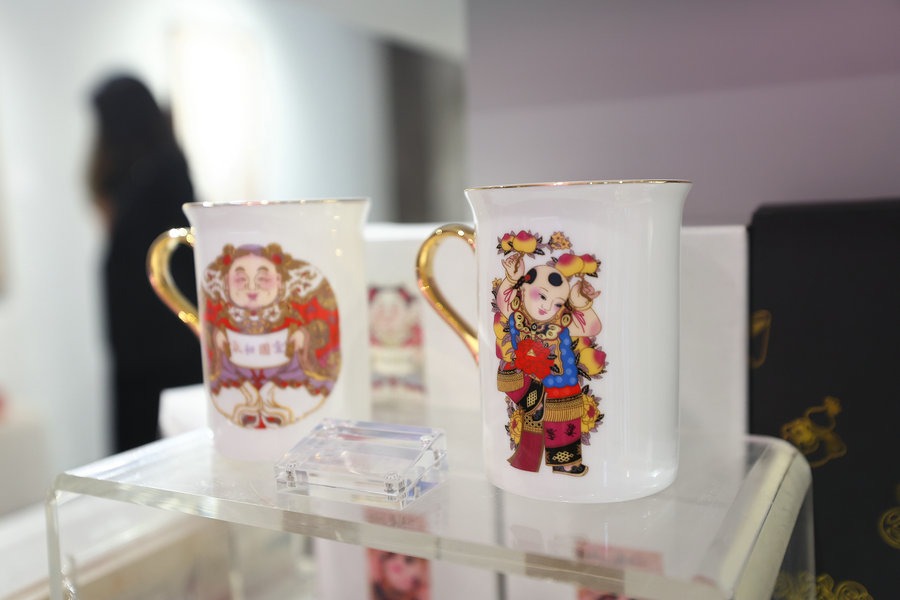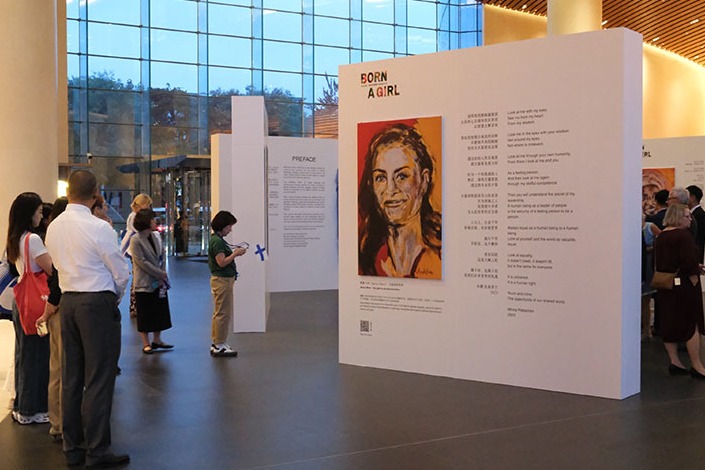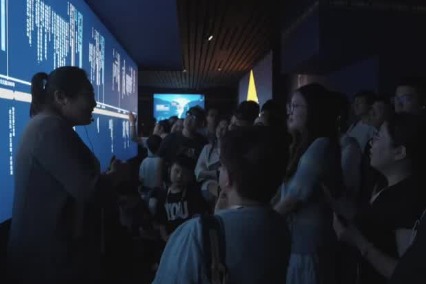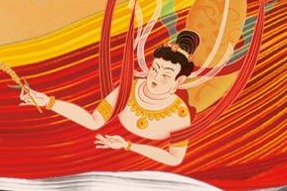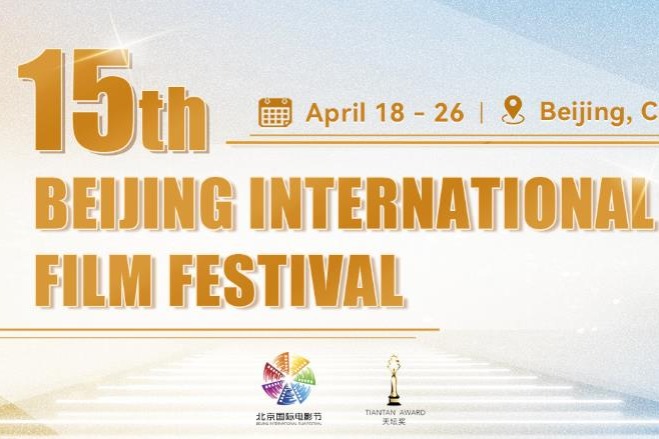Youth envoys connect as neighbors
A program helps young people from China, Japan and South Korea break stereotypes and form friendships

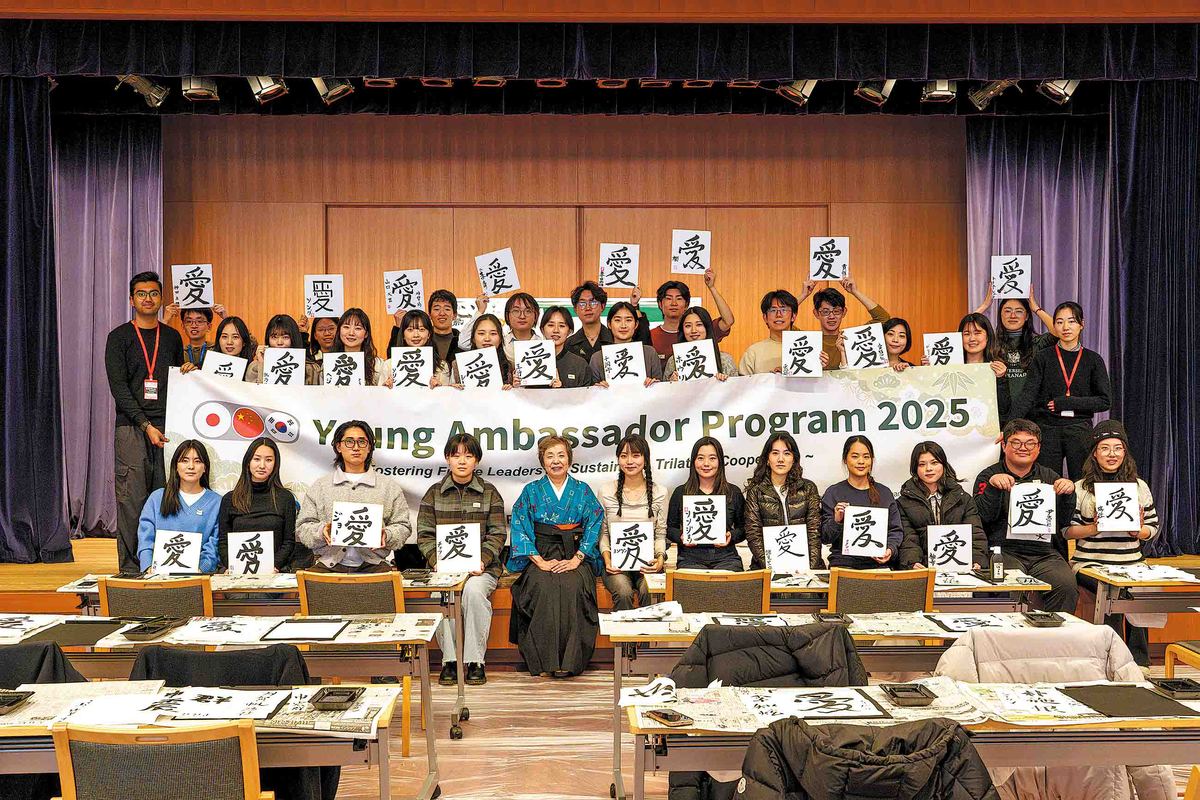
Shen Zhenqun, a PhD student in International Politics at Fudan University in Shanghai, recalls a revealing moment at the Japan Kanji Museum in Kyoto. As he spoke with the museum director, he mentioned his grandparents' hometown Anyang in Henan province, the birthplace of oracle bone inscriptions. To his surprise, the director had visited the city.
The site is home to China's only museum dedicated to Chinese characters, the Chinese Language Museum.
The director praised the city's dedication to preserving Chinese character culture and commended the museum for vividly showcasing the history of Hanzi, the Chinese characters, both popularly and academically, Shen said.
"This exchange reinforced my realization that Hanzi, or Kanji in Japanese and Hanja in Korean, is more than just a linguistic tool," Shen said, adding that it is a shared cultural treasure and a spiritual bond among the three East Asian nations.
"Its role in fostering a sense of regional identity is undeniable, further strengthening my aspiration to contribute to the global promotion of East Asia's shared heritage," he said.
For Shen, the calligraphy lesson allowed him to experience firsthand the nuances between Japanese and Chinese calligraphy.
This shared heritage is often overlooked in the heat of political disagreements, but Shen believes it forms the bedrock of long-term regional cooperation.
"It underscored an important lesson: in promoting East Asia's cultural traditions such as calligraphy, we must embrace the principle of 'seeking common ground while respecting differences'," he said.
Shen is among 30 young representatives from China, Japan, and South Korea who gathered earlier this year in Kyoto for the China-Japan-ROK Young Ambassador Program, an initiative organized by the Trilateral Cooperation Secretariat.
For nine days, they immersed themselves in cultural activities, academic discussions, and team projects, which aimed at deepening people-to-people ties among the three neighbors.
Kim Hyein, a Korean design student from Ewha Womans University, shared a touching story from a temple visit in Kyoto.
When one of the participants drew a bad fortune and became upset as they drew fortune paper, Kim introduced the Korean concept of "Aekddaem", the belief that a small misfortune can prevent a larger one.
Kim explained this concept to her Asian friend and tried to comfort her by saying that the torn fortune paper had already taken care of the misfortune that would have come their way.
"I was really surprised because my friend was truly grateful and appreciative of it. This was the first time I experienced that our culture could have a positive influence on others," she said.


